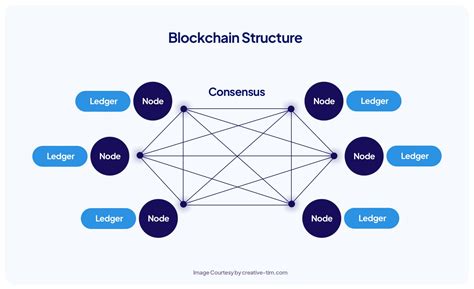Understanding Block Sizes and Number of Transactions in Ethereum
Ethereum is an open-source blockchain platform that allows developers to create smart contracts and decentralized applications (dApps) without the need for a central authority. Like any blockchain, it relies on complex algorithms and computing power to secure and verify transactions. One of the key aspects of Ethereum’s architecture is the definition of blocks, particularly in terms of their size and number of transactions.

Block Size
Block size refers to the total amount of data that can be contained in each block. In Ethereum, the maximum block size is set at 1 megabyte (MB) or 1024 kilobytes (KB). This means that every time a new block is created, it must contain all the necessary information about that block’s transaction and the previous block headers.
Number of Transactions
The number of transactions in each block is another important aspect. Ethereum uses a Proof-of-Work (PoW) consensus algorithm that requires nodes to solve a complex mathematical puzzle to validate transactions and create new blocks. This process slows down the network and limits the amount of data that can be contained in each block.
Defining Blocks
In fact, the definition of a block consists of two main components: its size and the number of transactions. The block size is determined by the maximum allowed value (1 MB) and must contain all the necessary information to process the transaction. The number of transactions in a block is also crucial as it forms the basis for creating new blocks that process those transactions.
Example Use Cases
While exploring the Blockchain.info charts, I noticed that the average block size was increasing over time. This upward trend can be attributed to several factors, including:
- Increase in activity: As the number of users and applications integrating with Ethereum increases, the overall activity on the blockchain also increases.
- Growing transactions: The number of transactions processed per day is increasing due to increasing adoption and increasing use cases.
Likewise, I’ve noticed that the average number of transactions per block is also increasing. This may seem counterintuitive, but it’s important to consider the limitations of the PoW consensus algorithm:
- Computing power:
The more nodes are added to the network, the harder it becomes to solve mathematical puzzles.
- Network congestion: An increase in the number of transactions can lead to more congestion on the blockchain and slow down the process.
Understanding these intricacies is crucial for anyone looking to delve deeper into Ethereum and its ecosystem. By analyzing block sizes and transaction volumes, we can gain insight into network performance and potential future changes.

Laisser un commentaire